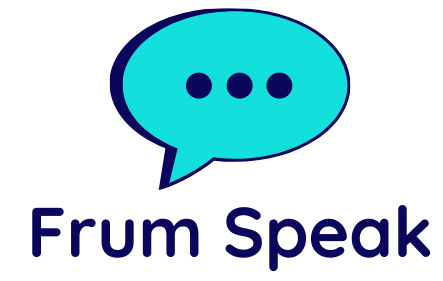By now, you’re probably aware Republican vice-presidential nominee JD Vance has described Democrats as “childless cat ladies” with no “direct stake” in America’s future.
Is that actually true?
The simple answer, however? Yes! About 38 percent of Democrats had never had children as of 2022, compared with 26 percent of Republicans, according to the universally beloved General Social Survey from the universally beloved NORC at the University of Chicago.
That gap has rocketed recently, but it’s far from new. Childless voters are usually more common on the left, with the notable exception of the Reagan era, when young baby boomers’ rightward shift gave a more childless tilt to Republicans.
Remarkably, the difference stems from the contrast between the aforementioned “childless left” and a strong Republican lean among what we assume will soon be known as “two-kid conservatives.” Other family sizes seem evenly matched.
Our instinct was to blame age. Since around 2000, when the first millennials cast their ballots, Democrats have been more likely to be young. And youth is obviously a stupendous predictor of childlessness, since the young haven’t had as much time to produce offspring.
It could have been the culprit in the 1990s, when followers of the two parties were roughly equally likely to be childless in pretty much every age group. But in recent years, Democrats have become a bit more likely to be childless no matter their age. In fact, they’re more likely to be childless across almost every demographic.
These days, the childless divide seems to be propelled by the steady rightward shift of White Protestants, the group of Americans most likely to have had kids, as well as the rise of the areligious “nones,” a group that’s about twice as likely to be childless as their Protestant peers. Those nones, who list no religious preference, are on the verge of outnumbering Protestants in the Democratic Party – a stunning reversal given that Protestants made up almost half of Democrats as recently as 2010. Independents show a similar trend. Republicans don’t.
The shift has been most pronounced among young women, particularly those under age 35, who make up a fast-rising share of the Democratic coalition. That means we should probably acknowledge the elephant in the room. And by “elephant,” we mean “cat.”
– – –
What about the cats?
The dubious underlying political science in Vance’s analysis goes well beyond kids: His full assertion involves the threat of “childless cat ladies” dominating the Democratic Party.
So, let’s lean into that with the help of pet-ownership data from a YouGov poll of almost 26,000 Americans from June 28 to July 1.
On the face of it, the phrase has some validity. Cats are the most left-leaning pet for which we have sufficient data. Democrats beat Republicans for the cat-person vote, and they did so by running up the score among childless – or child-free – cat people. Cat owners with children lean slightly Republican.
Republicans win among dog people, but under the hood, we see the same split. Dog owners with children lean right; dog owners without kids lean left. For both species, Democrats win childless women by a wider margin than childless men, with childless zoomers and millennials forming the bulk of their advantage.
This rhymes nicely with our previous analysis showing younger generations have shifted sharply toward cockapoos and cockatoos, and away from baby shoes and the terrible twos, with the most impressive increase among young, childless married couples.
So, if you see a childless cat lady or a childless dog lady, then yes, they’re more likely to vote blue than red. But it seems lazy to focus on ladies when the same is true of childless cat chaps and childless dog dudes.
By focusing on pet people, we’re missing an all-important asterisk: Childless people without dogs or cats tilt almost as far left as their pet-parenting peers. The presence of pets is largely immaterial to predicting the vote – it’s all about the absence of children.
Just as importantly, we’re ignoring that many childless cat people are Republicans or independents. There’s so many of them that catfulness and childlessness aren’t even particularly smart ways to predict voting behavior.
Give us enough time – and more importantly, enough column inches – and we could dredge up dozens of demographic variables that produce bigger partisan splits than parenthood and pet ownership.
– – –
Is there a pet enthusiasm gap?
It occurred to us that the stereotypes above could also be explained by how much folks prioritize their pets. If Democratic-leaning pet owners tend to drone on and on about their furry frenemies – for example, sharing endless stores of pet snapshots – that could create the impression that their party has a pet-owner advantage, similar to how a phalanx of yard signs can falsely forecast an electoral landslide.
Somehow, we have data for that!
The fine folks at Pew Research Center recently asked about 8,700 Americans what they discuss with their friends and family. And 35 percent of Democrats talk about pets a lot, compared with 32 percent of Republicans. That’s within the margin of error.
Instead, the most partisan topic appears to be popular media. About 47 percent of Democrats discuss movies, television and music a lot, while just 28 percent of Republicans dwell on the same subject. Democrats also are much more likely to shoot the breeze about health, finances and celebrities, while their Republican friends disproportionately discuss faith and issues facing the country.
– – –
(c) Washington Post
Category:


Recent comments